|
Your search criteria found 579 images Target is Jupiter (and available satellites) |
| My List |
Addition Date |
Target
|
Mission | Instrument | Size |

|
1997-11-18 | Ganymede |
Galileo |
Solid-State Imaging |
357x283x1 |
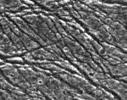
|
|||||

|
2000-08-03 | Ganymede |
Galileo |
Solid-State Imaging |
2133x1600x3 |
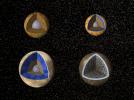
|
|||||

|
1997-11-20 | Ganymede |
Galileo |
Solid-State Imaging |
648x471x1 |
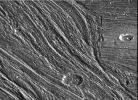
|
|||||

|
1997-11-21 | Ganymede |
Galileo |
Solid-State Imaging |
648x531x1 |
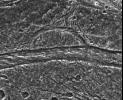
|
|||||

|
1997-11-24 | Ganymede |
Galileo |
Solid-State Imaging |
648x460x1 |
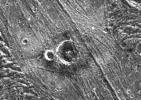
|
|||||

|
1997-11-25 | Ganymede |
Galileo |
Solid-State Imaging |
400x278x1 |
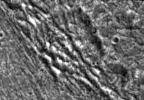
|
|||||

|
1997-11-26 | Ganymede |
Galileo |
Solid-State Imaging |
620x540x1 |
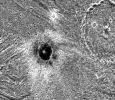
|
|||||

|
1997-12-01 | Ganymede |
Galileo |
Solid-State Imaging |
720x379x1 |
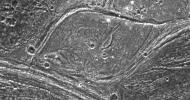
|
|||||

|
1998-01-21 | Ganymede |
Galileo |
Photopolarimeter-Radiometer |
988x1330x3 |

|
|||||

|
1998-01-21 | Ganymede |
Galileo |
Photopolarimeter-Radiometer |
988x1233x3 |

|
|||||

|
1998-04-02 | Ganymede |
Galileo |
Photopolarimeter-Radiometer |
432x540x3 |

|
|||||

|
1998-07-15 | Ganymede |
Galileo |
Solid-State Imaging |
790x1413x1 |

|
|||||

|
1998-07-15 | Ganymede |
Galileo |
Solid-State Imaging |
392x398x1 |

|
|||||

|
1998-07-15 | Ganymede |
Galileo |
Solid-State Imaging |
707x1049x1 |

|
|||||

|
1998-07-15 | Ganymede |
Galileo |
Solid-State Imaging |
813x753x1 |
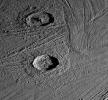
|
|||||

|
1998-07-15 | Ganymede |
Galileo |
Solid-State Imaging |
392x398x1 |

|
|||||

|
1998-07-15 | Ganymede |
Galileo |
Solid-State Imaging |
692x480x3 |
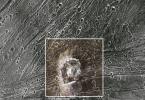
|
|||||

|
1998-07-15 | Ganymede |
Galileo |
Solid-State Imaging |
615x519x1 |
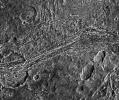
|
|||||

|
1998-07-15 | Ganymede |
Galileo |
Solid-State Imaging |
800x798x1 |
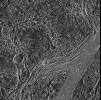
|
|||||

|
1998-07-15 | Ganymede |
Galileo |
Solid-State Imaging |
531x361x1 |
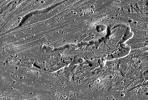
|
|||||

|
1998-07-15 | Ganymede |
Galileo |
Solid-State Imaging |
949x559x1 |
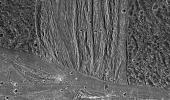
|
|||||

|
1998-07-15 | Ganymede |
Galileo |
Solid-State Imaging |
506x360x1 |
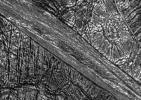
|
|||||

|
1998-07-15 | Ganymede |
Galileo |
Solid-State Imaging |
797x798x1 |
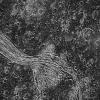
|
|||||

|
1998-07-15 | Ganymede |
Galileo |
Solid-State Imaging |
706x551x1 |
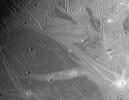
|
|||||

|
1998-07-15 | Ganymede |
Galileo |
Solid-State Imaging |
782x784x1 |
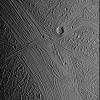
|
|||||

|
1998-07-15 | Ganymede |
Galileo |
Solid-State Imaging |
900x600x1 |
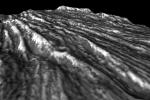
|
|||||

|
1999-10-07 | Ganymede |
Galileo |
Solid-State Imaging |
590x900x1 |

|
|||||

|
1999-10-07 | Ganymede |
Galileo |
Solid-State Imaging |
1078x900x1 |
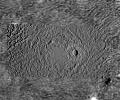
|
|||||

|
1999-10-07 | Ganymede |
Galileo |
Solid-State Imaging |
610x900x1 |

|
|||||

|
1999-01-18 | Ganymede |
Galileo |
Solid-State Imaging |
687x687x3 |
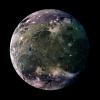
|
|||||

|
2000-12-16 | Ganymede |
Galileo |
Solid-State Imaging |
2000x2300x1 |

|
|||||

|
2000-12-16 | Ganymede |
Galileo |
Solid-State Imaging |
2603x756x1 |

|
|||||

|
2000-12-16 | Ganymede |
Galileo |
Solid-State Imaging |
1249x1939x1 |

|
|||||

|
2000-12-16 | Ganymede |
Galileo |
Solid-State Imaging |
1026x1748x1 |

|
|||||

|
2000-12-16 | Ganymede |
Galileo |
Solid-State Imaging |
2514x1929x1 |
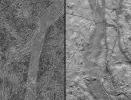
|
|||||

|
2000-12-16 | Ganymede |
Galileo |
Solid-State Imaging |
1000x751x1 |
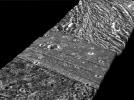
|
|||||

|
2000-12-16 | Ganymede |
Galileo |
Solid-State Imaging |
1764x809x1 |
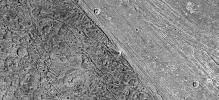
|
|||||

|
2000-12-16 | Ganymede |
Galileo |
Solid-State Imaging |
1228x512x3 |
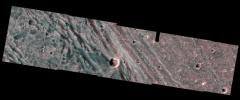
|
|||||

|
2000-12-16 | Ganymede |
Galileo |
Solid-State Imaging |
1358x1098x3 |

|
|||||

|
2000-12-16 | Ganymede |
Galileo |
Solid-State Imaging |
3777x2760x1 |
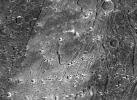
|
|||||

|
2000-12-16 | Ganymede |
Galileo |
Solid-State Imaging |
3328x2330x1 |
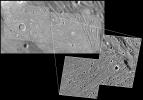
|
|||||

|
2000-12-16 | Ganymede |
Galileo |
Solid-State Imaging |
795x767x1 |
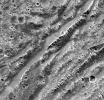
|
|||||

|
2000-12-17 | Ganymede |
Galileo |
Solid-State Imaging |
512x384x1 |
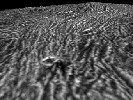
|
|
||||

|
2001-03-13 | Ganymede |
Galileo |
Solid-State Imaging |
1078x636x3 |
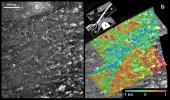
|
|||||

|
2001-03-13 | Ganymede |
Galileo |
Solid-State Imaging |
328x450x3 |

|
|||||

|
2001-03-13 | Ganymede |
Galileo |
Solid-State Imaging |
404x294x1 |
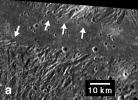
|
|||||

|
2001-03-13 | Ganymede |
Galileo |
Solid-State Imaging |
542x425x1 |

|
|||||

|
2001-03-13 | Ganymede |
Galileo |
Solid-State Imaging |
1089x842x1 |
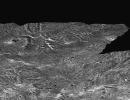
|
|||||

|
2002-05-10 | Ganymede |
Galileo Voyager |
VG Imaging Science Subsystem VG Imaging Science Subsystem - Narrow Angle |
8817x4382x3 |
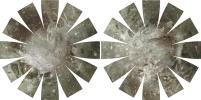
|
|||||

|
2004-08-13 | Ganymede |
Galileo |
Solid-State Imaging |
720x540x3 |
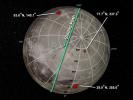
|
|||||

|
2014-02-12 | Ganymede |
Galileo Voyager |
1800x956x3 | |
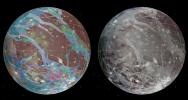
|
|||||

|
2014-02-12 | Ganymede |
Galileo Voyager |
797x754x3 | |
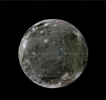
|
|||||

|
1997-09-07 | Io |
Galileo |
Solid-State Imaging |
2340x1475x3 |
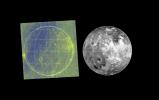
|
|||||

|
1997-09-08 | Io |
Galileo |
Solid-State Imaging |
700x800x3 |

|
|||||

|
1997-09-08 | Io |
Galileo |
Solid-State Imaging |
2600x1150x3 |
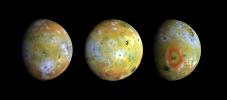
|
|||||

|
1997-09-10 | Io |
Galileo |
Solid-State Imaging |
1775x1300x3 |

|
|||||

|
1997-09-07 | Io |
Galileo |
Solid-State Imaging |
2000x2000x3 |
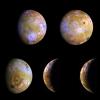
|
|||||

|
1997-11-18 | Io |
Galileo |
Solid-State Imaging |
798x787x3 |
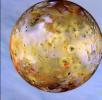
|
|||||

|
1997-11-18 | Io |
Galileo |
Solid-State Imaging |
1215x729x3 |
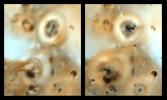
|
|||||

|
1998-03-26 | Io |
Galileo |
Near Infrared Mapping Spectrometer |
1900x1300x3 |
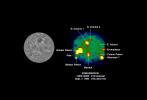
|
|||||

|
1997-12-18 | Io |
Galileo |
Solid-State Imaging |
800x800x1 |
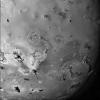
|
|||||

|
1997-12-18 | Io |
Galileo |
Solid-State Imaging |
493x493x1 |
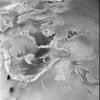
|
|||||

|
1997-12-18 | Io |
Galileo |
Solid-State Imaging |
1817x1817x3 |
![Io, the most volcanic body in the solar system is seen in the highest resolution obtained to date [Sept.7 & Nov. 6, 1996] by NASA's Galileo spacecraft.](/thumb/PIA00583.jpg)
|
|||||

|
1998-03-06 | Io |
Galileo |
Solid-State Imaging |
980x655x3 |
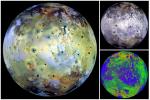
|
|||||

|
1997-11-18 | Io |
Galileo |
Solid-State Imaging |
2284x727x3 |

|
|||||

|
1997-12-18 | Io |
Galileo |
Solid-State Imaging |
390x197x3 |
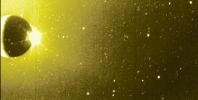
|
|||||

|
1997-12-18 | Io |
Galileo |
Solid-State Imaging |
388x394x3 |

|
|||||

|
1998-03-26 | Io |
Galileo |
Solid-State Imaging |
1000x800x3 |
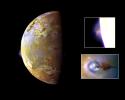
|
|||||

|
1997-09-07 | Io |
Galileo |
Solid-State Imaging |
2010x1640x3 |
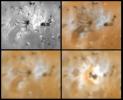
|
|||||

|
1997-09-07 | Io |
Galileo |
Solid-State Imaging |
1890x1780x3 |
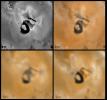
|
|||||

|
1997-09-07 | Io |
Galileo |
Solid-State Imaging |
1640x1650x3 |
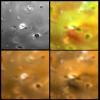
|
|||||

|
1997-09-07 | Io |
Galileo |
Solid-State Imaging |
1840x1900x3 |

|
|||||

|
1997-09-07 | Io |
Galileo |
Solid-State Imaging |
1620x1330x3 |
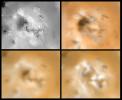
|
|||||

|
1997-09-07 | Io |
Galileo |
Solid-State Imaging |
230x300x3 |

|
|||||

|
1997-09-07 | Io |
Galileo |
Solid-State Imaging |
2400x1900x3 |
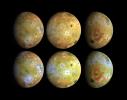
|
|||||

|
1997-09-07 | Io |
Galileo |
Solid-State Imaging |
715x287x3 |
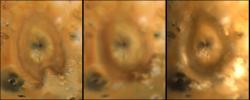
|
|||||

|
1997-09-07 | Io |
Galileo |
Solid-State Imaging |
820x710x3 |
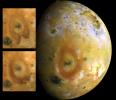
|
|||||

|
1998-03-26 | Io |
Galileo |
Solid-State Imaging |
598x641x3 |

|
|||||

|
1998-03-26 | Io |
Galileo |
Solid-State Imaging |
1500x1000x3 |
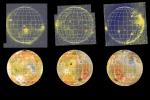
|
|||||

|
1998-03-26 | Io |
Galileo |
Solid-State Imaging |
410x460x3 |

|
|||||

|
1998-02-04 | Io |
Galileo |
Solid-State Imaging |
2290x1308x3 |
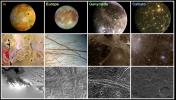
|
|||||

|
1998-03-26 | Io |
Galileo |
Solid-State Imaging |
1124x712x3 |
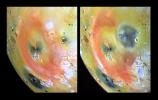
|
|||||

|
1998-03-26 | Io |
Galileo |
Near Infrared Mapping Spectrometer |
1525x1100x1 |
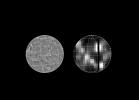
|
|||||

|
1998-03-26 | Io |
Galileo |
Near Infrared Mapping Spectrometer |
1525x1100x3 |
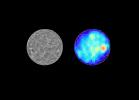
|
|||||

|
1998-03-26 | Io |
Galileo |
Near Infrared Mapping Spectrometer |
1300x850x3 |
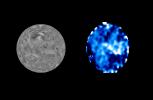
|
|||||

|
1998-03-26 | Io |
Galileo |
Near Infrared Mapping Spectrometer |
1600x1300x3 |
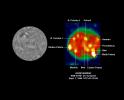
|
|||||

|
1998-03-26 | Io |
Galileo |
Near Infrared Mapping Spectrometer |
1017x635x3 |
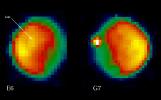
|
|||||

|
1998-03-26 | Io |
Galileo |
Near Infrared Mapping Spectrometer |
2200x1700x3 |
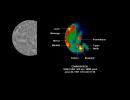
|
|||||

|
1997-11-18 | Io |
Galileo |
Solid-State Imaging |
1600x800x3 |
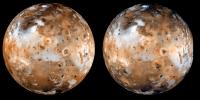
|
|||||

|
1997-11-18 | Io |
Galileo |
Solid-State Imaging |
810x1530x3 |

|
|||||

|
1997-11-18 | Io |
Galileo |
Solid-State Imaging |
193x143x3 |
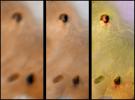
|
|||||

|
1997-11-18 | Io |
Galileo |
Solid-State Imaging |
378x288x3 |
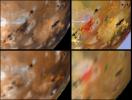
|
|||||

|
1997-11-18 | Io |
Galileo |
Solid-State Imaging |
208x163x3 |
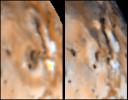
|
|||||

|
1997-11-18 | Io |
Galileo |
Solid-State Imaging |
153x133x3 |
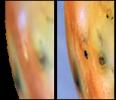
|
|||||

|
1997-11-18 | Io |
Galileo |
Solid-State Imaging |
660x600x1 |
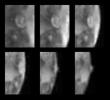
|
|||||

|
1997-11-18 | Io |
Galileo |
Solid-State Imaging |
168x83x3 |

|
|||||

|
1997-11-18 | Io |
Galileo |
Solid-State Imaging |
228x113x3 |
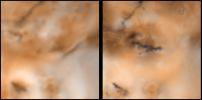
|
|||||

|
1997-11-04 | Io |
Galileo |
Solid-State Imaging |
200x200x1 |
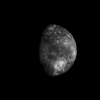
|
|
||||

|
1997-11-17 | Io |
Galileo |
Solid-State Imaging |
1401x1938x3 |

|
|||||

|
1997-12-10 | Io |
Galileo |
Solid-State Imaging |
1000x1000x3 |
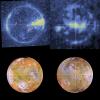
|
|||||

|
 |
 |
 |
 |
 |
 |

|
| 1-100 | 101-200 | 201-300 | 301-400 | 401-500 | 501-600 |
| Currently displaying images: 201 - 300 of 579 |